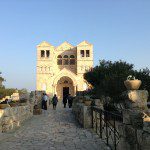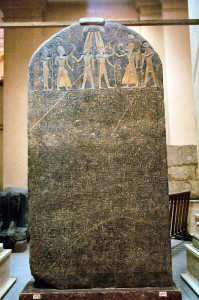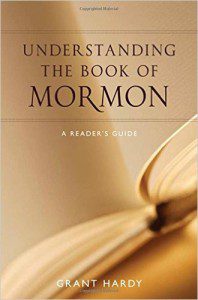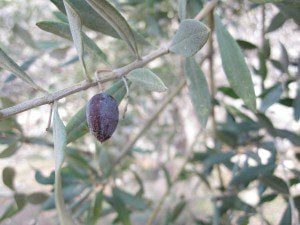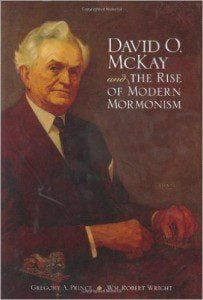These two chapters are loaded. First, we encounter the third member of the Unholy Trinity of antichrists in the Book of Mormon. First was Sherem (Jacob 7), then Nehor (Alma 1), now Korihor. I highly recommend this Ensign article on Korihor, “Countering Korihor’s Philosophy.” I first encountered I as a missionary, and was so impressed I wrote next to the Alma 30 chapter heading, “Ensign July 1992.” (E. Lund’s discussion is taken up further here.) This article introduces terms and concepts like “epistemology,” “empiricism,”... Read more


